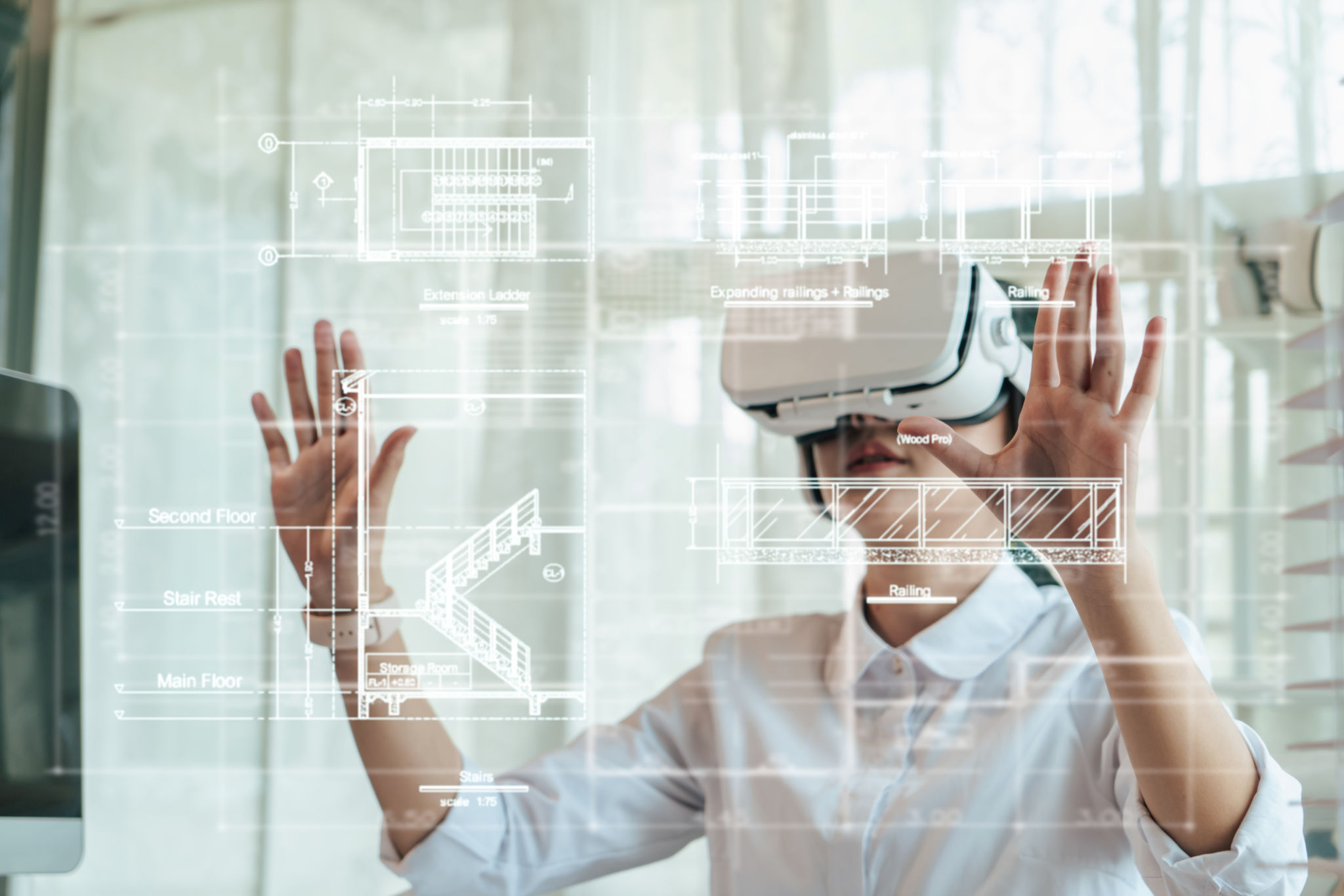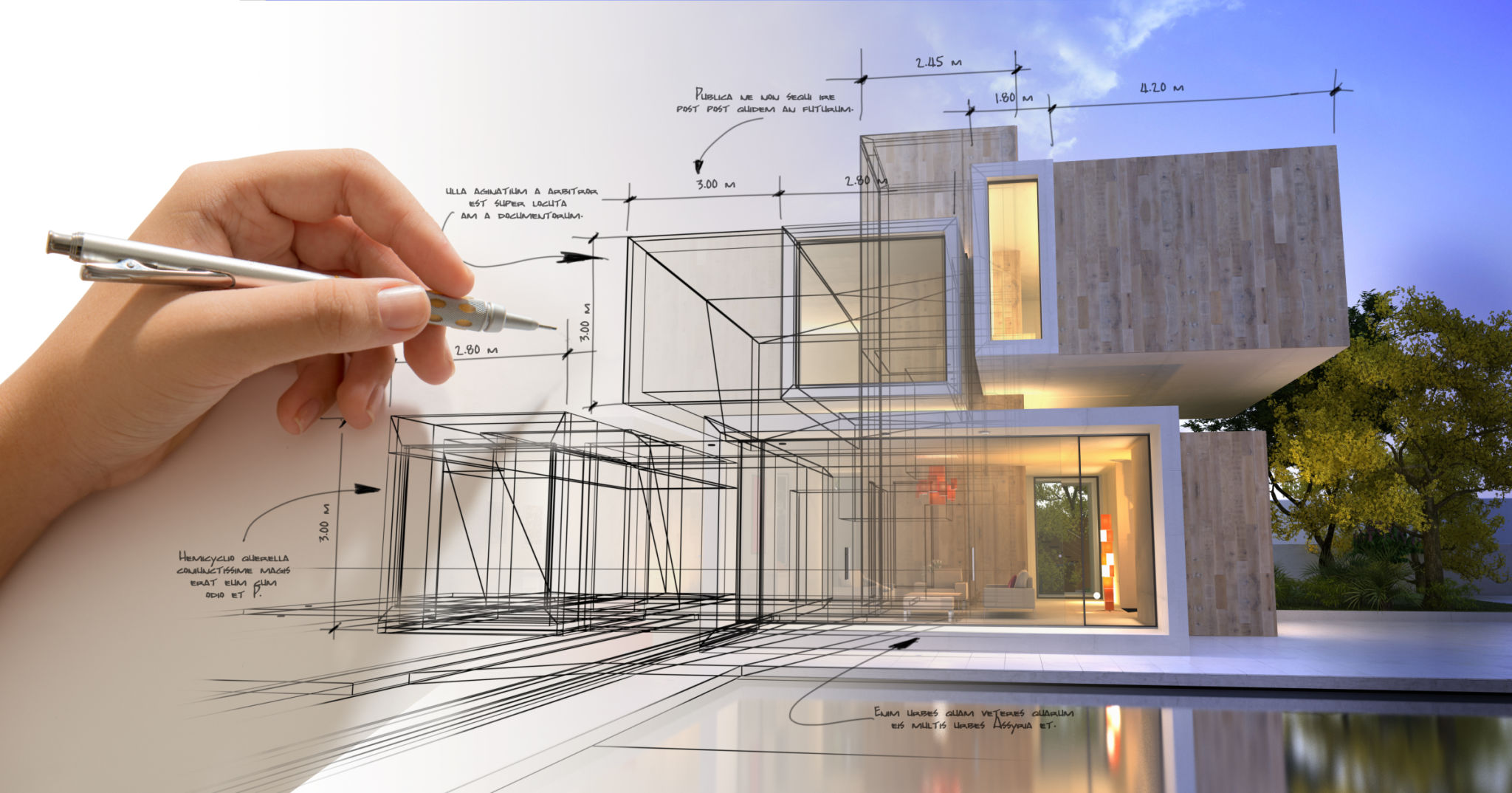Seasonal Trends in Multimedia Design: What to Expect
Understanding Seasonal Trends in Multimedia Design
In the ever-evolving world of multimedia design, staying ahead of seasonal trends is crucial for designers seeking to capture the attention of audiences. These trends reflect shifts in consumer preferences, technological advancements, and cultural influences. As we delve into the upcoming seasons, several key trends are expected to shape the multimedia design landscape.
One significant trend to watch is the growing emphasis on immersive experiences. As technology continues to advance, designers are leveraging augmented reality (AR) and virtual reality (VR) to create engaging and interactive content. These technologies offer audiences a more dynamic experience, allowing them to explore and interact with digital environments in innovative ways.

Color Palettes Reflecting Seasonal Moods
Color palettes play a crucial role in multimedia design, setting the tone and mood of projects. As seasons change, so do the colors that resonate with audiences. In the spring and summer months, expect to see vibrant and lively colors that evoke feelings of warmth and energy. Conversely, during fall and winter, designers often opt for muted and earthy tones to align with the cozy, introspective nature of these seasons.
Designers often draw inspiration from nature, incorporating seasonal elements like blooming flowers or falling leaves into their color schemes. This organic approach not only enhances aesthetic appeal but also helps create a deeper connection with viewers by reflecting familiar seasonal cues.
Typography Trends Making Waves
Typography continues to be a powerful tool in multimedia design, capable of conveying emotion and setting the tone for a piece. In recent seasons, bold and expressive typography has gained popularity, allowing designers to make strong visual statements. Expect to see continued experimentation with fonts that break traditional boundaries, incorporating unique styles and decorative elements.

The use of variable fonts is another trend on the rise. These fonts offer flexibility by allowing designers to adjust weight, width, and other attributes to suit different design needs. This adaptability makes them ideal for creating dynamic content that can seamlessly transition across various platforms and devices.
The Rise of Minimalist Design
Minimalism has been a dominant trend in multimedia design, and its influence shows no signs of waning. Clean lines, ample white space, and a focus on essential elements characterize this style. As audiences increasingly seek clarity and simplicity in a cluttered digital world, minimalist design offers a refreshing escape.
This trend is particularly prevalent in user interface (UI) design, where functionality and user experience are paramount. By stripping away unnecessary elements, designers can create intuitive interfaces that enhance usability while maintaining a visually pleasing aesthetic.

Incorporating Animation for Dynamic Content
Animation is another key trend shaping the future of multimedia design. With advances in software tools and techniques, designers can now create sophisticated animations that add movement and depth to static designs. Whether it's subtle motion graphics or full-scale animated sequences, animation helps capture attention and convey information in an engaging way.
The use of micro-interactions, such as animated buttons or transitions, is particularly effective in enhancing user experience. These small yet impactful animations guide users through digital interfaces, providing feedback and creating a sense of delight.
Conclusion: Embracing Change
As we look forward to the upcoming seasons in multimedia design, it's clear that embracing change and innovation is essential for staying relevant. By understanding and incorporating these seasonal trends into their work, designers can create compelling content that resonates with audiences and stands out in a crowded digital landscape.
Whether it's through the use of immersive technologies, adaptable typography, or minimalist aesthetics, the future of multimedia design promises exciting possibilities. As designers continue to push boundaries and experiment with new ideas, the industry will undoubtedly evolve in ways that captivate and inspire.
